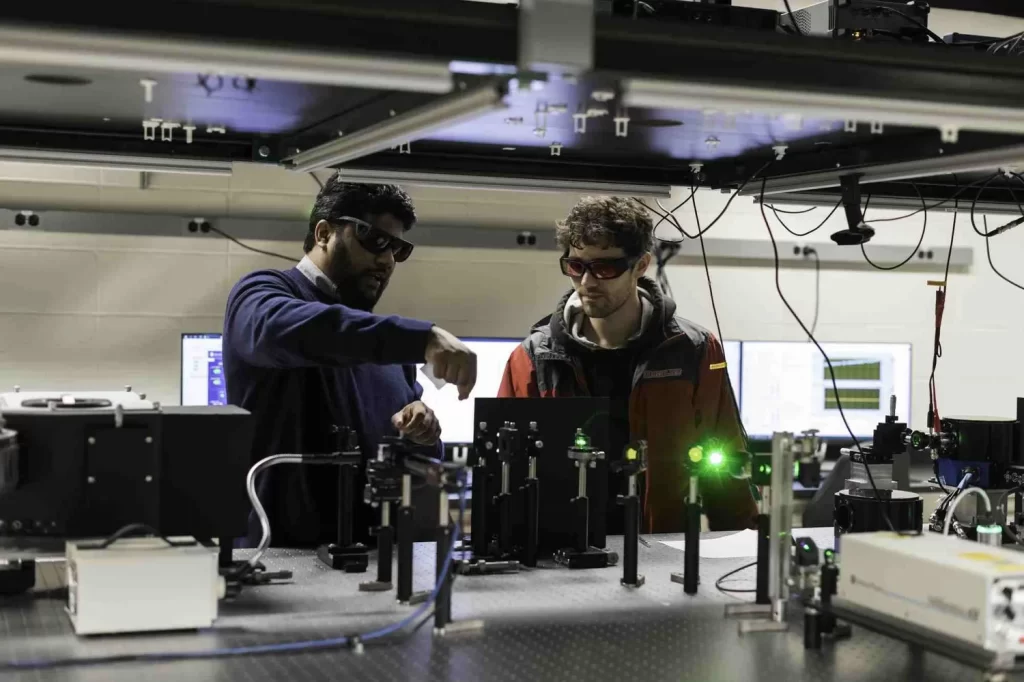Scientists Discover A New Material That Could Change the World

Scientists have discovered a new superconducting material that could revolutionize energy and electronics. The fact that the conductivity of the material is successful in practical conditions further glorifies the discovery.
A historic feat, University of Rochester researchers have created a superconducting material at temperatures and pressures low enough for practical applications. According to the team led by Ranga Dias, assistant professor of mechanical engineering and physics, this material could open the door to a revolution in superconductivity and technology.
The discovery made could make it possible to transmit energy to grids without resistance, and only by doing so could save 200 million megawatts of energy per hour. However, the key to nuclear fusion, which scientists have been trying to bring to life efficiently for a century, may also be in this material. The new material can be used not only in these areas, but also in any area where conductivity is needed, such as airborne high-speed trains, MRI, memories, electronic circuits.
A Historical Discovery for Energy and Technology

Physicist Ranga Dias of the University of Rochester in New York and colleagues describe the new superconducting material, which operates at both room temperature and relatively low pressure, as nitrogen-doped ‘lutetium’ hydride (NDLH). In the tests, it was determined that the material showed superconductivity at 21 degrees Celsius, that is, at room temperature and under a pressure of 10 kilobars, which is about 10,000 times the atmospheric pressure of the Earth. The required atmospheric pressure may seem very high, but let’s say that for superconductors that can operate at room temperature, millions of atmospheres are required, and this value is ridiculously low.
The article states that the resulting lutetium-nitrogen-hydrogen compound initially had a “bright bluish color”. When the compound is then compressed in a diamond anvil (required for high pressure) cell, it is said to undergo an “amazing visual transformation”, changing from a blue color at the beginning of superconductivity to pink and then a bright red metallic state that is not superconducting.

Dias explained that they called it “Redmatter” because of the color of the material, saying, “I was shocked to see colors of this intensity. I’ve never seen such a color change in a material. This is a humorous way from a material Spock created in the popular 2009 Star Trek movie. We suggested the codename ‘reddmatter‘ for the material in the state” made the statement.
Great for Fusion Energy

“We believe we are now in the era of modern superconductors,” said Dias, who led the research. Although he says, it takes longer time for this material to enter our phone. However, these types of expeditions are breaking moments, and the rest is like going downhill. After this point, we can say that the development will be much faster.
We can see the biggest gain of this discovered superconducting material in nuclear fusion. Dias predicts that nitrogen-doped lutetium hydride will greatly accelerate progress in the development of tokamak machines to achieve fusion. In my news here, I have conveyed to you that the USA has achieved a first in nuclear fusion using lasers. According to Dias, tokamaks, another method of trapping plasma instead of lasers, could produce an enormous magnetic field when combined with the material he discovered. According to him, this is exactly the “game changer”.






